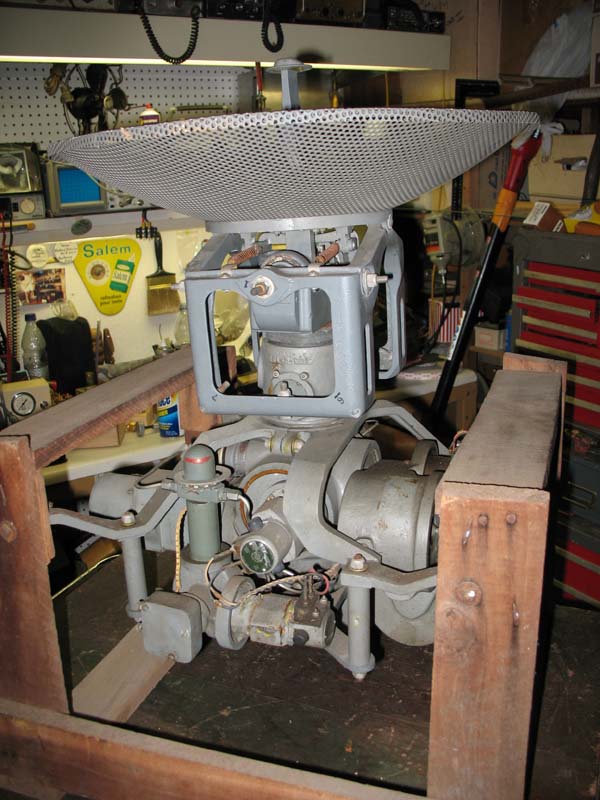
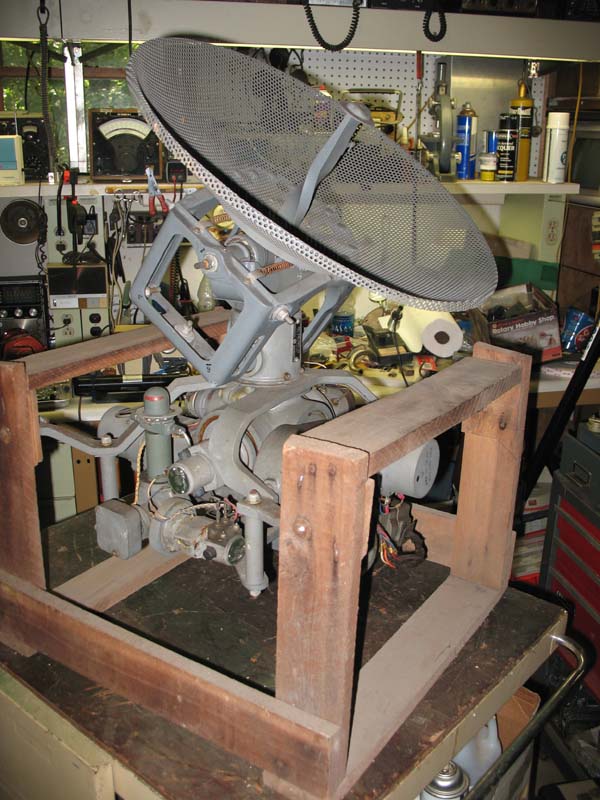
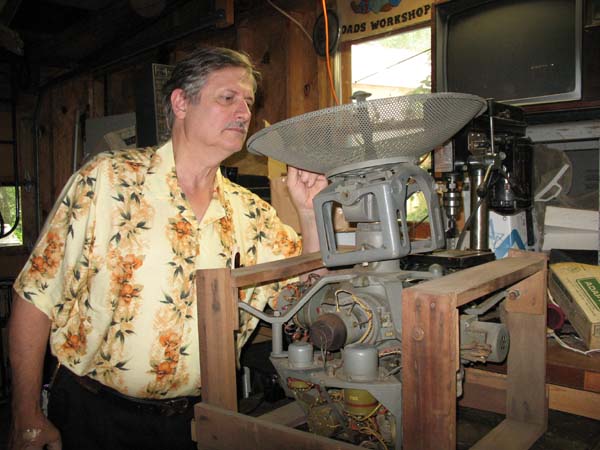
The book "Evolution of Naval Radio-Electronics and Contributions of the Naval Research Laboratory" says:
"After World War 2, NRL continued to provide technical consulting support to the Bureau of Aeronautics for advancing radar capability. The wartime activities of the Radiation laboratory had then been terminated. Toward the end of the war, it had been planned to combine the best features of the AN/APS-4 and AN/APS-6 radars to provide both a search and an intercept capability in one equipment for night fighting. Subsequently, this radar, designated the AN-APS-19 (X-band) was developed in a size small enough to fit into the type F8F aircraft then given acceptance as a first-line fighter (1946). The radar's scope presentation had several selectable scans, which gave it greater flexibility and coverage for both search and gun-aiming functions than had previously been available. However, it was still necessary to steer the plane manually to align the fixed guns with the target. Automatic gun-laying was first achieved with the X-band Model AN/APQ-35 radar, used in the type F3D-1 aircraft with 20-mm guns (1946)..."
Many thanks to my friend
Ludwell Sibley for providing
the above information.
From what I understand, this
unit is new, is was never used.
Thanks John.
AN/APS-19
X-Band Search & Intercept Radar;
Manufactured by Sperry
Used in AD-4N/5/6, F2H-2N, F4U-5N, F7F-4N, F8F-1N aircraft.
This is my friend Jim Oram checking out the
new addition to my collection.
This photo also gives some size comparision.

Please sign my guest book.
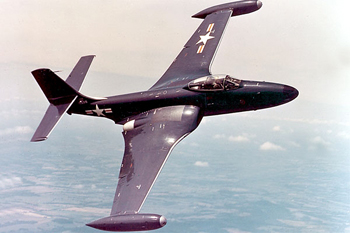

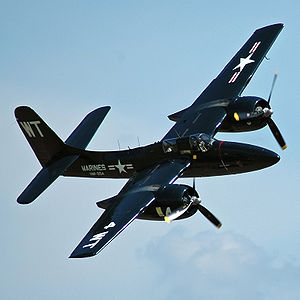
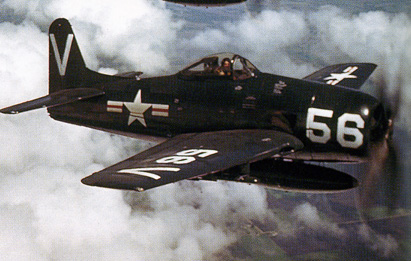
These are some of the planes the AN/APS-19 was used in.
F2H
F4U-5N
F7F-4N
F8F-1N
Click here to add text.
The below is from a guestbook entry. It's really interesting to hear from someone
who actually used the APS-19
-----------------------------------------------------------------
Cody Sherar
This is a display I put together for the March
2010 Charlotte Antique Radio Conference.
I donated the radar unit to the Carolinas Aviation Museum,
here is the AN-APS-19 on display there.
You can click on the foto to visit the museum which is located
next to the Charlotte Intentional Airport.
